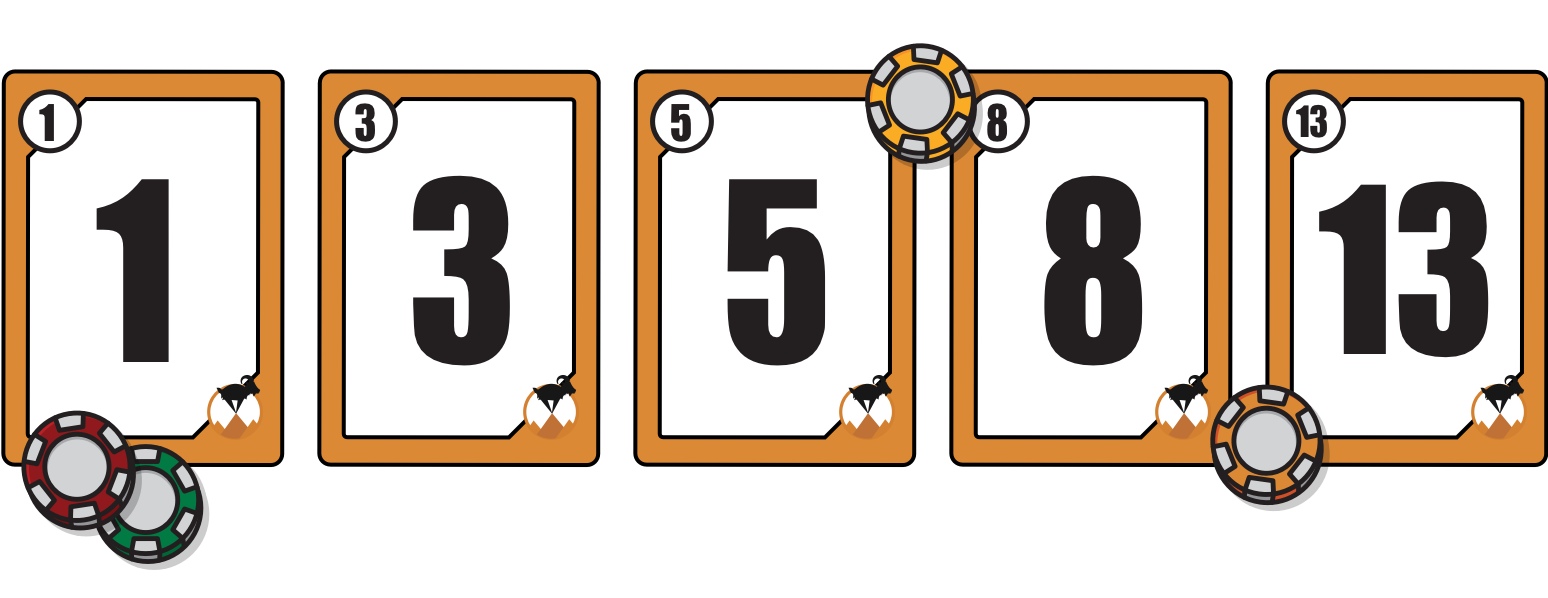

Once ready to estimate, each team member places, face down on the table, the card he or she feels best represents the effort required to complete the PBI.Any changes to the PBI description or acceptance criteria are captured progressively. The product owner describes the top PBI before the team is invited to ask questions to clarify the scope and desired benefits.I personally don’t use this extra layer of abstraction because it requires the extra step of mapping to a numeric value to enable forecasting during release planning - remember how in Relative Estimation Communication we calculated the time it would take to climb the buildings by dividing by the numeric velocity value? Planning Poker Mechanicsīefore we proceed with some Planning Poker hints and tips to ensure that your sessions don’t become late-night marathons, let’s run through a brief overview of the mechanics of the game. To combat this situation, some teams adopt more abstract classifiers, such as T-shirt sizes: The issue when using Fibonacci numbers is that people can get into the bad habit of equating 13 points to 13 hours, for example.įigure 1 – The modified Fibonacci sequence is an approximation of the logarithmic “golden spiral” where greater uncertainty exists as requirements get larger. If you recall from Relative Estimation Comunication, the point values should not correlate to a specific time or distance unit. That being said, it does come with a potential problem especially with new teams. I’m a fan of using the modified Fibonacci sequence because it helps to reflect the greater amount of uncertainty that exists as requirements get larger (see Figure 1) while also avoiding the perception of precision (hence the change from 21 to 20, 42 to 40 and so on). In case you were wondering, I believe a fair translation for the infinity card would be something along the lines of, “Whoa! That is way too big to estimate-it definitely needs splitting before any meaningful estimation can occur.” A common point system that is utilized for these values is Mike Cohn’s modified Fibonacci sequence:ġ⁄2, 1, 2, 3, 5, 8, 13, 20, 40, 100, ∞ (infinity) But, instead of spades, hearts, clubs, and diamonds, they use cards representing story point values.

The technique is called Planning Poker because teams literally play with cards. This approach utilizes broad insight from a group of cross-functional experts to arrive at an estimate that is typically more accurate than one derived from a single person. It is based on a method developed in the 1970s called Wideband Delphi that evolved from an earlier version (Delphi) invented in the 1950s by the RAND Corporation. The technique we use to conduct relative estimation is a game invented by James Grenning and popularized by Mike Cohn called Planning Poker. Relative estimation is simple, makes sense, and is way more fun than other long-winded and misleading estimation techniques!

#Planning poker cards free software
We’d love to see what your special cards are.With relative story point estimation now in your arsenal, you finally have a weapon to wield in the battle against the forces that make software estimation so painful. License: Creative Commons – Attribution (CC BY 3.0).Įnjoy these! Don't forget to attribute and let us know if you add any cards of your own. Because, you know, it happens to the best of us.įont used in the cards - Roboto Slab. This card doesn’t really apply to standard planning poker. Basically this means that you’re stuck with a difficult or unpleasant task. This is our own literal translation of the word Marrón in Spanish.


 0 kommentar(er)
0 kommentar(er)
